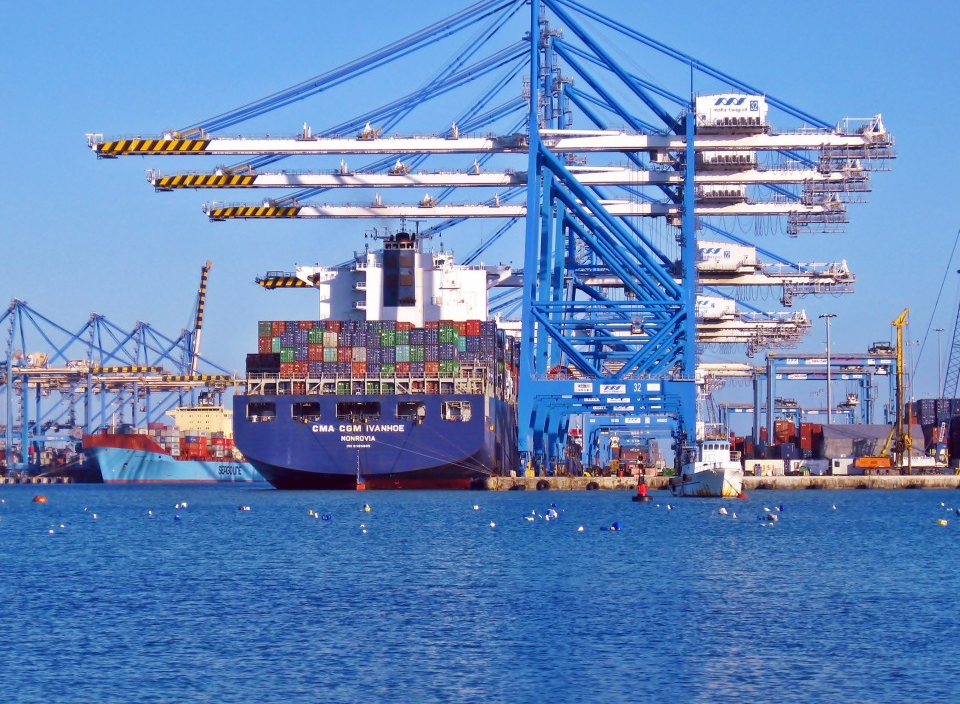FBA LCL Quote
FBA 40HQ FCL Quote
In the realm of international trade, understanding Incoterms is crucial for smooth transactions and effective logistics management. One of the widely used Incoterms is DAP (Delivered at Place). This term defines explicit responsibilities for both buyers and sellers, which impact various aspects of the supply chain, including costs, risks, and logistics.
What Does DAP Mean?
DAP stands for "Delivered at Place," a term introduced in 2010 to replace the outdated DDU (Delivered Duty Unpaid) Incoterm. Under DAP, the seller is responsible for delivering goods to a pre-agreed location, covering all transportation costs and bearing the risk until the goods arrive at the designated place, ready for unloading.
Seller’s Responsibilities
1. Transportation and Delivery: The seller manages the entire transportation process, from the origin to the buyer’s specified location. This includes arranging carriage and covering transportation expenses.
2. Export Formalities: The seller is responsible for handling all export-related formalities, such as obtaining necessary licenses, permits, and ensuring export clearance.
3. Risk and Cost Coverage: The seller bears all risks and costs associated with transporting the goods until they reach the agreed destination. However, the seller is not responsible for unloading the goods upon arrival.
Buyer’s Responsibilities
1. Import Formalities and Costs: Upon arrival, the buyer assumes responsibility for import customs clearance, paying duties, taxes, and handling any necessary documentation for importing the goods into the destination country.
2. Unloading: The buyer is responsible for unloading the goods at the destination point. Any additional costs related to unloading are borne by the buyer.
3. Further Transportation: After delivery, the buyer must arrange and pay for any further transportation needed to move the goods from the unloading point to their final destination.
Pricing Considerations
The pricing under DAP agreements includes several components:
1. Transportation Costs: Since the seller is responsible for delivering the goods to the agreed place, all transportation costs from the point of origin to the destination are covered by the seller.
2. Export Duties and Taxes: Any duties, taxes, and fees associated with exporting the goods are factored into the seller’s costs, impacting the final price.
3. Import Duties and Taxes: Although the buyer covers these costs, their potential impact on overall transaction expenses must be considered.

Clicke Here Get Auto Shipping Quote: https://globalshippingauto.com/fcl-shipping-from-china
Advantages for the Buyer
1. Reduced Risk: The seller assumes most of the transport-related risks until the goods arrive at the designated place, providing the buyer with a more secure transaction framework.
2. Convenience: Buyers benefit from the seller handling most logistics, making the process more convenient and efficient.
Potential Disadvantages
1. Higher Costs: Since sellers cover extensive logistic costs, they might include these expenses in the product price, resulting in higher overall costs for the buyer.
2. Delays and Unloading Issues: Potential delays in customs clearance or unloading can incur additional costs for the buyer.
Conclusion
Understanding DAP Incoterms is essential for anyone involved in international trade. It delineates the explicit responsibilities of both sellers and buyers, offering advantages like reduced risks and streamlined logistics but also necessitating careful consideration of potential delays and higher costs. Effective communication and clear contractual terms are key to leveraging DAP benefits and ensuring smooth transactions.
By grasping DAP terms comprehensively, traders can optimize their supply chain, manage risks better, and facilitate international trade more efficiently.



